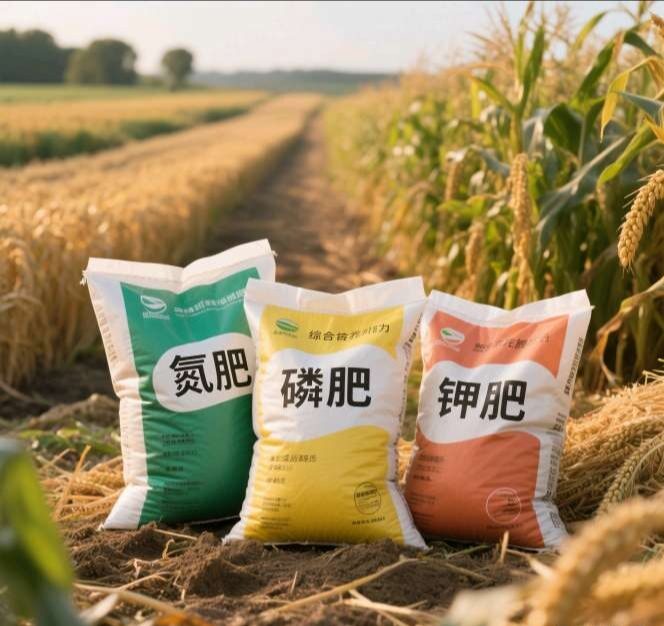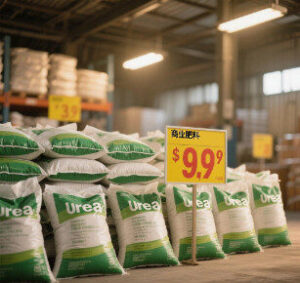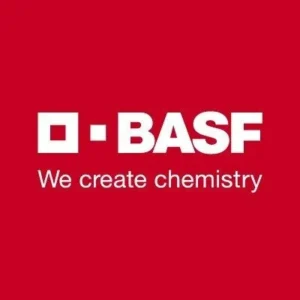The global fertilizer market is currently undergoing profound changes. Geopolitical tensions, supply chain disruptions, and raw material cost fluctuations are intertwined and collectively driving significant changes in market structure. Industry experts have revealed the dynamic evolution and inherent logic of domestic and international markets through an in-depth analysis of future price trends for three major types of fertilizer: nitrogen (N), phosphorus (P), and potassium (K).
Nitrogen Fertilizer Market: Intensified Divergence in Domestic and International Price Trends
China’s Domestic Market: Prices Under Downward Pressure
First, the continuous decline in coal prices, a key raw material for nitrogen fertilizer production, has approached the cost line of some coal mines, directly reducing the production cost of nitrogen fertilizers.
To stabilize the domestic market, China has implemented a policy of extending export restrictions. This has put domestic nitrogen fertilizer producers under inventory pressure, forcing them to ease their predicament through price reduction promotions or by exporting alternative products, such as ammonium sulfate.
Currently, the domestic urea price remains at around 1,800 RMB/ton. This price is sharply contrasted by the international market; India’s latest bidding price is as high as 530 USD/ton (approximately 3,800 RMB/ton), showing a significant price gap between the two markets.
International Market: Sustained High-level Operation
Since the outbreak of the Russia-Ukraine conflict, natural gas prices have remained high in Europe and the United States. This has significantly increased costs for nitrogen fertilizer producers who use natural gas as a raw material. This has led to high international nitrogen fertilizer prices.
China’s export restriction policy has further exacerbated the global shortage of nitrogen fertilizer. Currently, the international price of nitrogen fertilizer is stable at around 365 USD per ton, with the potential for further increases due to tight supply.
Phosphate Fertilizers: Cost-Driven Price Stability
The continuous rise in phosphate rock prices has become a key factor affecting the cost of phosphate fertilizers. Currently, the price of phosphate rock is approximately 1,100 RMB/ton, a significant increase from 300 RMB/ton in 2020. This accounts for over 50% of the production cost of phosphate fertilizers.
China dominates the global phosphate fertilizer supply with a share of over 60%. Its implementation of export control policies has effectively curbed sharp fluctuations in domestic phosphate fertilizer prices. However, it has also intensified price instability in the international market.
Morocco holds 67% of the world’s phosphate rock reserves. Its near-monopoly market position, coupled with the slow expansion of its production capacity, has restricted the growth of the global supply of phosphate rock, providing long-term upward support for phosphate fertilizer prices.
Due to export policy regulations, China’s domestic phosphate fertilizer market will remain stable, with possible minor fluctuations.
The global phosphate fertilizer market faces further upward risks. The shortage of high-grade phosphate rock is difficult to alleviate in the short term and will continue to strengthen international phosphate fertilizer prices.
Potassium Fertilizer Market: Geopolitics and Supply Shocks Dominate Price Fluctuations
Short-Term (2–3 Years):
Russia and Belarus are major global suppliers of potassium fertilizer and account for more than 30% of the total supply. However, sanctions against these countries have seriously disrupted the global potassium fertilizer export order, pushing up international prices by more than 30%. Prices currently range from 370 to 380 USD per ton.
China’s dependence on potassium fertilizer imports exceeds 60%, and its domestic inventories are low. This makes the Chinese market sensitive to global supply disruptions and increases the risk of price fluctuations.
Medium-Term (3–5 Years):
Asia Potash International is promoting capacity expansion, planning to increase its annual production to 500,000 tons. This expansion is expected to ease the global shortage of potassium fertilizer. However, if the industry’s overall expansion exceeds 7 million tons, it could lead to an oversupply.
BHP’s potash project in Canada aims to achieve an annual production capacity of 415,000 tons by 2030. Further expansion of this project could put downward pressure on international potassium fertilizer prices.
Long-Term (5+ Years):
As sanctions are gradually relaxed and new production capacities are released, such as those of BHP and Asia Potash International, the global potassium fertilizer market is expected to rebalance supply and demand. Consequently, long-term prices may enter a downward channel.
Conclusion: Strategic Implications for the Market
The nitrogen fertilizer market exhibits clear differentiation characteristics. China’s domestic market continues its downward trend, while the international market remains highly operational.
Due to structural supply shortages, the global phosphate fertilizer market will maintain a strong price trend.
The potassium fertilizer market faces short-term price spikes, but long-term price decreases are expected.
In the face of a complex and ever-changing market environment, farmers and traders must pay close attention to policy dynamics, such as export bans and adjustments to sanction measures, as well as the progress of new mining projects, in order to accurately grasp the market pulse and effectively respond to the risk of price fluctuations.









